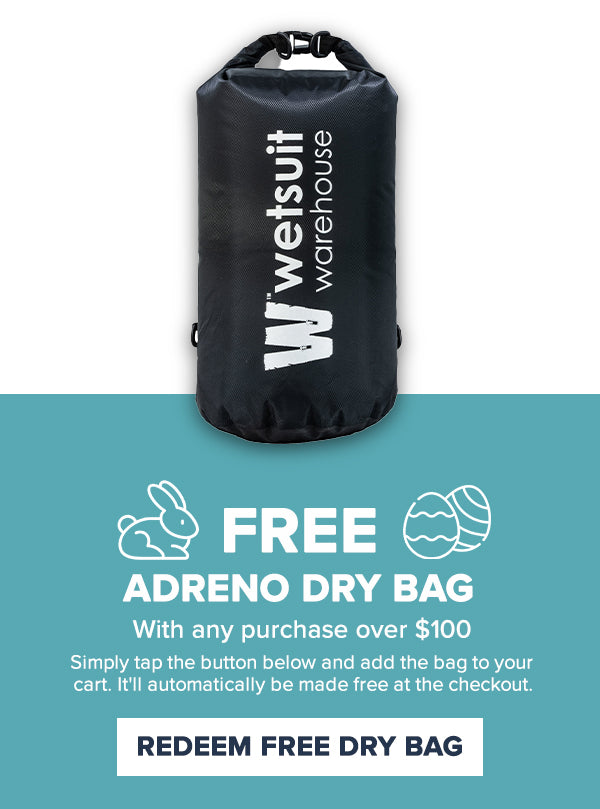How to choose wetsuits and thermals for Paddle Sports- SUP, Canoe and Kayak.
October 12, 2017 4 min read
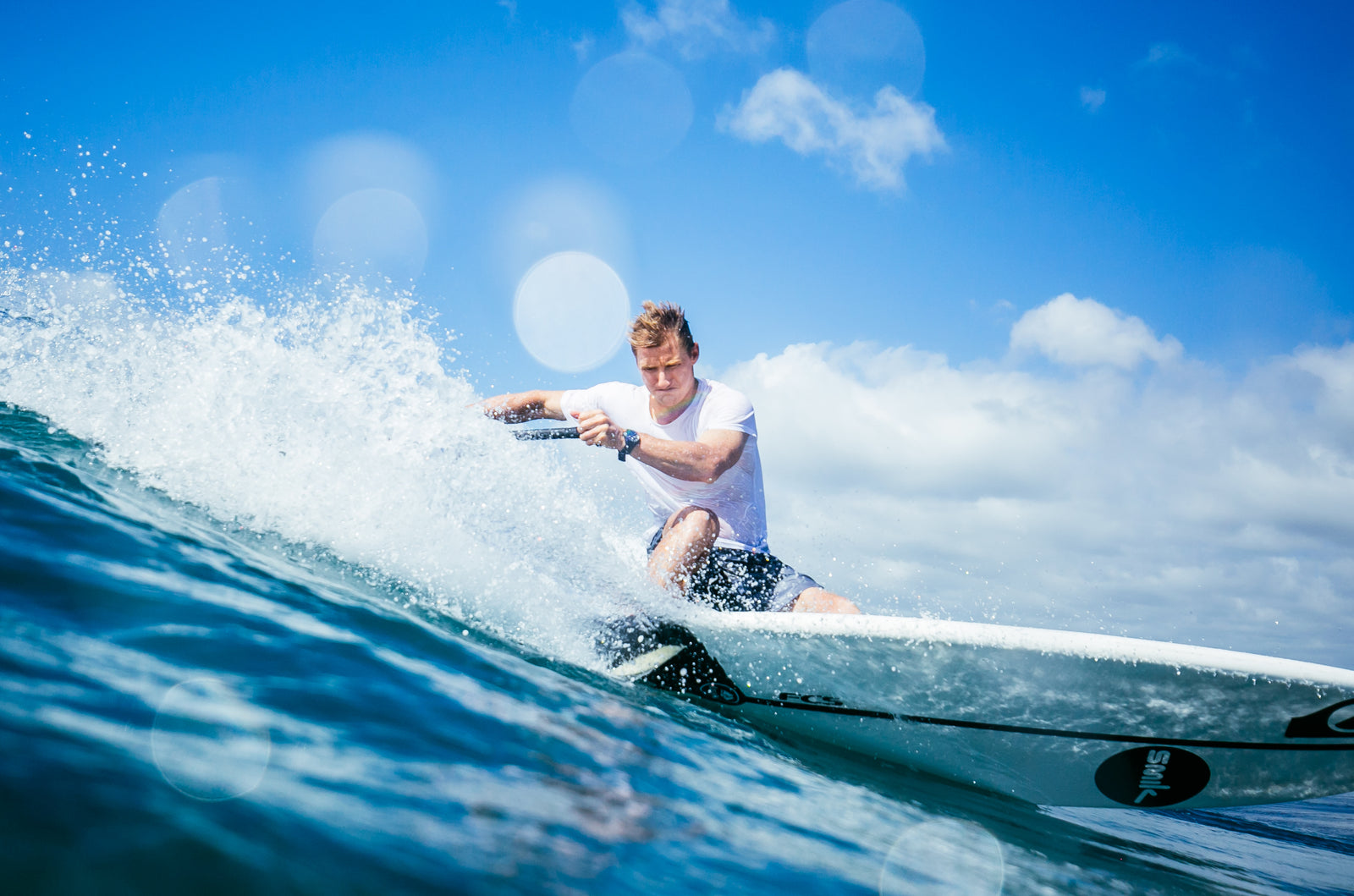
Surfing products are not designed for Sup, Canoe and Kayak paddle sports.
With paddle sports revolving around the surfing industry it's hard to choose products designed specifically for SUP, canoeing and kayaking. It's fair to suggest there isn't much difference but when you spend time considering such products you realise they are a world apart.
The main differences lie in that Surfers are lying down reaching upwards whereas paddlers are usually upright reaching forward. Surfers wear equipment if they need to keep warm, generally opting for nothing at all or as close as possible. Surfing prioritises Warmth then reach, as for paddlers; it is reach, then warmth. Products within the paddling world tend to be made with neoprene [warm], lycra [stretcy] and poly fleece [warm and stretch], with the latter being most prominent [and ideal]. Today we'll cover how certain paddle sports require particular features, which materials to consider and most importantly how to pick the right product for your sport.

Moisture is the essence of wetness and wetness is the essence of being cold.
When you paddle you're rotating your shoulders each stroke, optimisation, therefore, requires good arm flexibility and stretch. As a paddler, you're not submerged therefore you generally you require less insulation. That's not to say you don't get cold and it's those two notions that the produced 'split material' products. These paddle products use an insulative material on the chest and a high-stretch material in shoulders. What this means is maximum warmth around your vitals, therefore pumping warm blood but found impeding on your ability to paddle.
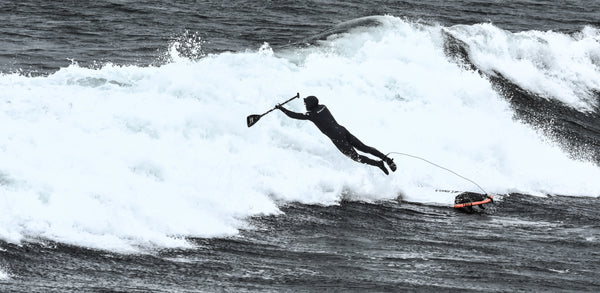
To zip or not to zip.
Surfing products rarely have zips, usually in hard-to-reach places, making it hard to put on. When surfing you're lying on your chest, zips are not only painful but damage the board. Although they are heavily used in surf, the chest zip placement differs. The only reason you don't want a zip is if you're buying a product to use in sports other than paddling.
Smooth skin performs best in windy conditions.
When paddling you're exposed to wind, not water which is why typically you'll see more use of smooth-skin lined materials. A smooth skin is a closed cell rubber lining that is hydrophobic therefore keeping your vital area. Wind wicks heat away from the body veer quickly, the biggest chiller. Smooth Skins stop this process affecting your vital area, therefore reducing shivering and extending session time. The only downside with smooth-skins is they're not durable, susceptible to tearing, especially from fingernails.
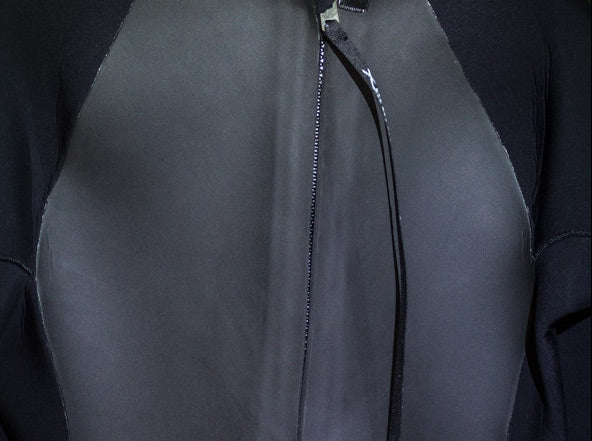
Stand Up Paddling gear leads the charge.
The most common sport we tend to cater for outside of surfing is stand-up paddleboarding. Stand Up Paddling is where we're beginning to see most products catering directly for paddling. When it comes to SUPing it's pretty basic action: you're simply reaching out, pulling back and so long as you're warm when dry you're generally not going to be needed thick materials like neoprene, that's assuming you're not falling in, at that point we'd probably suggest getting a real wettie. Typically people wear a short or Long John as they insulate your body but not your arm. That means good heat reflectance around your vitals and legs. On top, you can wear whatever is appropriate to the exposure levels. People usually run a long sleeve rashie or long sleeve shirt. However, shirts/rashies, when wet, make you colder because they hold water against your body.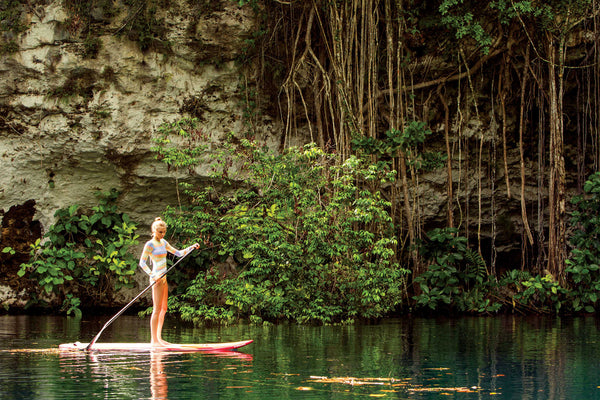
Canoeing and Kayaking.
Canoeing and kayaking are pretty much the same, except canoers take longer.... Typically canoe and kayakers stay away from the stretchy materials like lycra and neoprene, opting for looser, more adventure-oriented materials. Usually opting for loose-fitting synthetics such which do breathe a little bit but don't keep you warm when wet. Of course, depending on the conditions, people will have to use a CAG: a waterproof outer shell.

Brisbane River by night.
Lycra, Neoprene or Polyfleece, that is a question..?
The only reason we can make these specialised products is due to the variety of materials we choose from. In the paddle realms typically we see lycra and neoprene but recently poly-fleece has come to the forefront. Not only is it incredibly stretchy, it creates quite a bit of warmth without being a sealed insulative layer like neoprene. Polyfleece is essentially a rashie with a synthetic fleece internal lining. They definitely aren't as warm as neoprene, because they're not hydrophobic nor do they reflect heat as effectively, but they are the best of both world's and usually the cheapest. We usually sell and recommend the Adrenaline 2p Range.General Rule: More warmth means Less Stretch.
Basically, when it comes to paddle sports the only thing you need to consider is how cold it's going to be. The way it goes is more heat = less flexibility. The other consideration is how often you think you'll be in the water. If you're getting wet you need a hydrophobic material, if not a poly-fleece will most likely keep you warm in the long run. We haven't touched on wind-sports [kiteboarding and windsurfing] here but we will move into this down the road. Most of the considerations we have mentioned in this post are relevant to wind sports but generally people run neoprene.
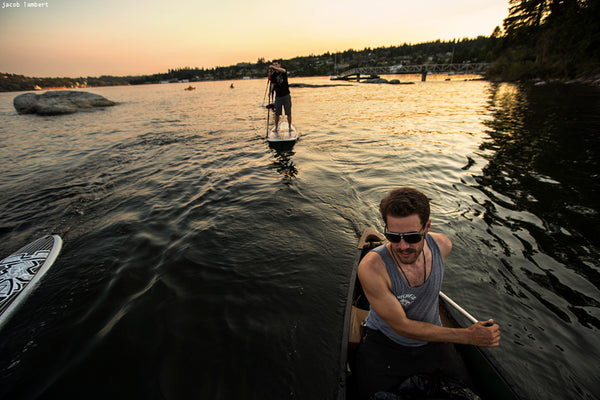
Happy Paddling!
Leave a comment
Comments will be approved before showing up.


